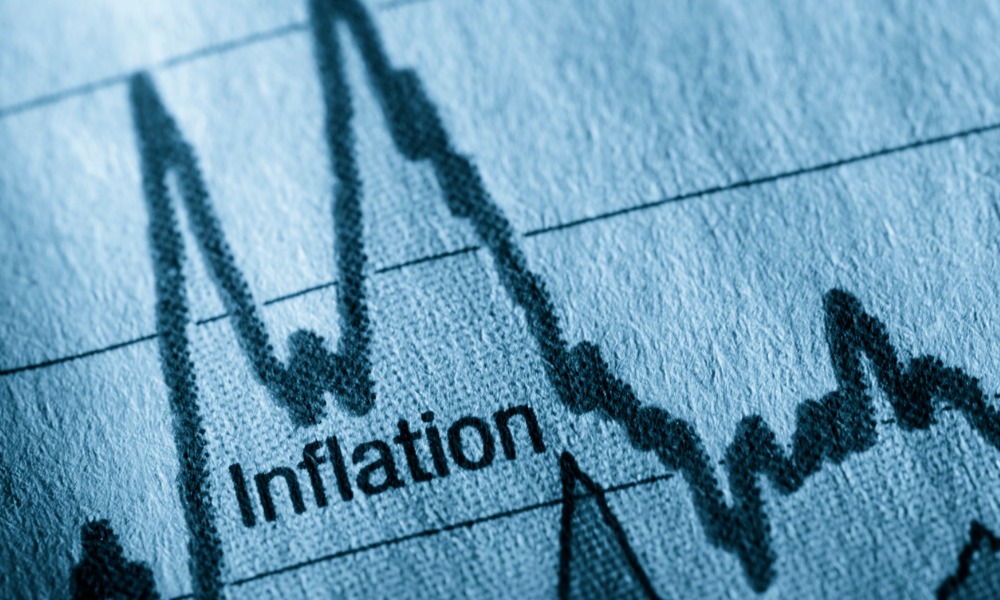Is the Fed's rate-hiking approach beginning to pay off?

US inflation slowed last month in an indication that interest rate hikes by the Federal Reserve are beginning to have their intended effect in moderating price growth and cooling economic activity.
A Department of Labor report on Tuesday showed overall inflation remained unchanged on a monthly basis, with consumer prices up by 3.2% year over year – a slower pace than the 3.7% registered in September.
The core consumer price index, a measure preferred by economists which excludes food and energy costs, posted a weaker than expected performance and ticked up only marginally, by 0.2% over the prior month.
Federal Reserve chair Jerome Powell said last week that the central bank was not confident rates were at a high enough level to bring inflation down – but interest-rate futures indicated in the wake of Tuesday’s report that there’s now a zero-percent chance of a hike in December, according to Bloomberg, with that figure having plummeted from 14% yesterday.
The Fed has hit a recent pause on interest rate hikes following 11 increases over the past 18 months which have seen its benchmark rate surge to its highest level for 22 years.
While inflation remains above the Fed’s target level of 2%, it has declined precipitously from its 9.1% peak in June 2022, which marked a four-decade high.
Shelter remained the biggest single contributor to October’s inflation reading, with food prices up and energy costs posting their first decline after two months of big gains.



